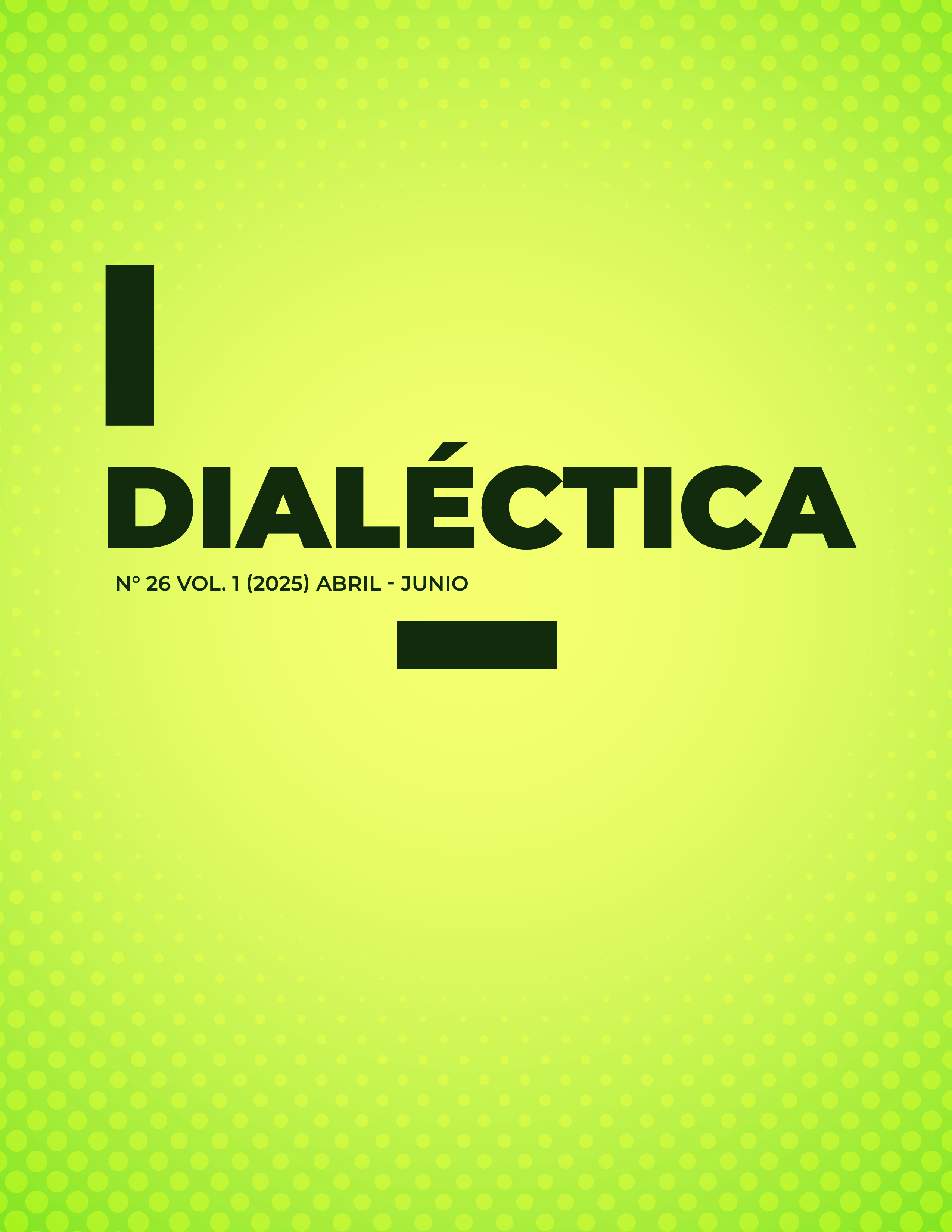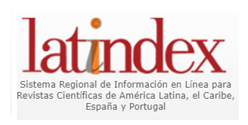ELEMENTS IN THE IMPLEMENTATION OF THE STEM/STEAM APPROACH IN EDUCATION IN COLOMBIA
DOI:
https://doi.org/10.56219/dialctica.v1i26.4372Keywords:
STEAM approach, pedagogy, educationAbstract
This article presents a documentary review in Scielo databases in order to identify the tacit elements in the implementation of the STEAM approach in education in Colombia. Among these: intentions in teaching and learning, applied didactics for active learning purposes, and the representation of ICT. It should be noted that the selection of the reviewed documents obeyed the information of relevance in terms of the importance and knowledge it provides, considering that STEAM has an integrative perspective whose purpose is to promote the interest and meaning of students for science, technology, engineering, and mathematics from the development of competencies, valuable and substantial skills and abilities in areas of science. One of the elements that have to be referred to is the challenge or technological intellectual challenge in which the STEAM approach is inserted for both teachers and students, to first discover ways of getting involved, learning styles, complexities of teaching, capacity for collaboration, mastery of concepts. It involves proposing content using experiences that encourage the development of skills.
Downloads
References
Acosta, G; Rivera, L y Acosta, M. (2009). Desarrollo del Pensamiento Lógico Matemático. Colección didáctica programa de áreas básicas. Sello Editorial Fundación para la Educación Superior San Mateo. Bogotá D.C. Colombia
Aparicio, C. (2016). “Educación vs Innovación”. [Disponible en linea: Conferencia TEDX. https://www.google.com/search?rlz=1C1VDKB_esVE994VE994&sxsrf=AB5stBh45HcSxqDpOg3oqE3rlXL34tlHqQ:1690750597737&q=como+citar+conferencia+tedx,+titulada+educaci%C3%B3n+vs+innovaci%C3%B3n+(2016)&sa=X&ved=2ahUKEwiAoaDmqLeAAx
Jara, V. (2012). Desarrollo del pensamiento y teorías cognitivas para enseñar a pensar y producir conocimientos. Sophia, Colección de Filosofía de la Educación, núm. 12, 2012, pp. 53-66. Universidad Politécnica Salesiana Cuenca, Ecuador.
López, V; Couso, D y Simarro, C. (). Educación STEM en y para el mundo digital. ¿Cómo y por qué llevar las herramientas digitales a las aulas de ciencias, matemáticas y tecnologías? RED. Revista de Educación a Distancia. Barcelona. España
Ministerio de Educación Nacional. (2020). STEM+ visión: Educación expandida para la vida 2021. Alianza entre la Organización de Estados Iberoamericanos (OEI). Bogotá, D.C., Colombia. Primera edición julio 2022.
Portal Colombia aprende. (). [Disponible en linea: https://www.colombiaaprende.edu.co/recurso-coleccion/guias-pedagogicas-y-didacticas-para-impulsar-el-enfoque-stem-en-el-aula].
Ramos, C., Uribe, I., López, G. y Cano, Y. (2022). Elementos centrales de experiencias educativas con enfoque STEM. Revista Científica, 45(3), 345-357. [Disponible en linea: https://doi.org/10.14483/23448350.1929]
Sanders, M. (2009). STEM, STEM education, STEMmania. The Technology Teacher, 68(4), 20-26
Videla, Salas, Bugueño y Urrutia. (2021). Diseño e implementación de entorno educativo STEM en estudiantes de tercer año básico: abordaje en activo y ecológico de la experiencia de aprendizaje. Rev. estud. exp. educ. vol.20 no.44 Concepción dic. 2021. [Disponible en linea: https://www.scielo.cl/scielo.php?script=sci_ arttext&pid=S0718-51622021000300408]
Downloads
Published
How to Cite
Issue
Section
License

This work is licensed under a Creative Commons Attribution-NonCommercial-ShareAlike 4.0 International License.
La revista Dialéctica conserva los derechos patrimoniales (copyright) de las obras publicadas, que favorece y permite la reutilización de los mismos bajo la licencia Creative Commons Atribución-NoComercial-CompartirIgual 4.0 , por lo cual se pueden copiar, usar, difundir, transmitir y exponer públicamente, siempre que se cite la autoría y fuente original de su publicación (revista, editorial, URL y DOI de la obra), no se usen para fines comerciales u onerosos y se mencione la existencia y especificaciones de esta licencia de uso. Si remezcla, transforma o crea a partir del material, debe distribuir su contribución bajo la misma licencia del original.











